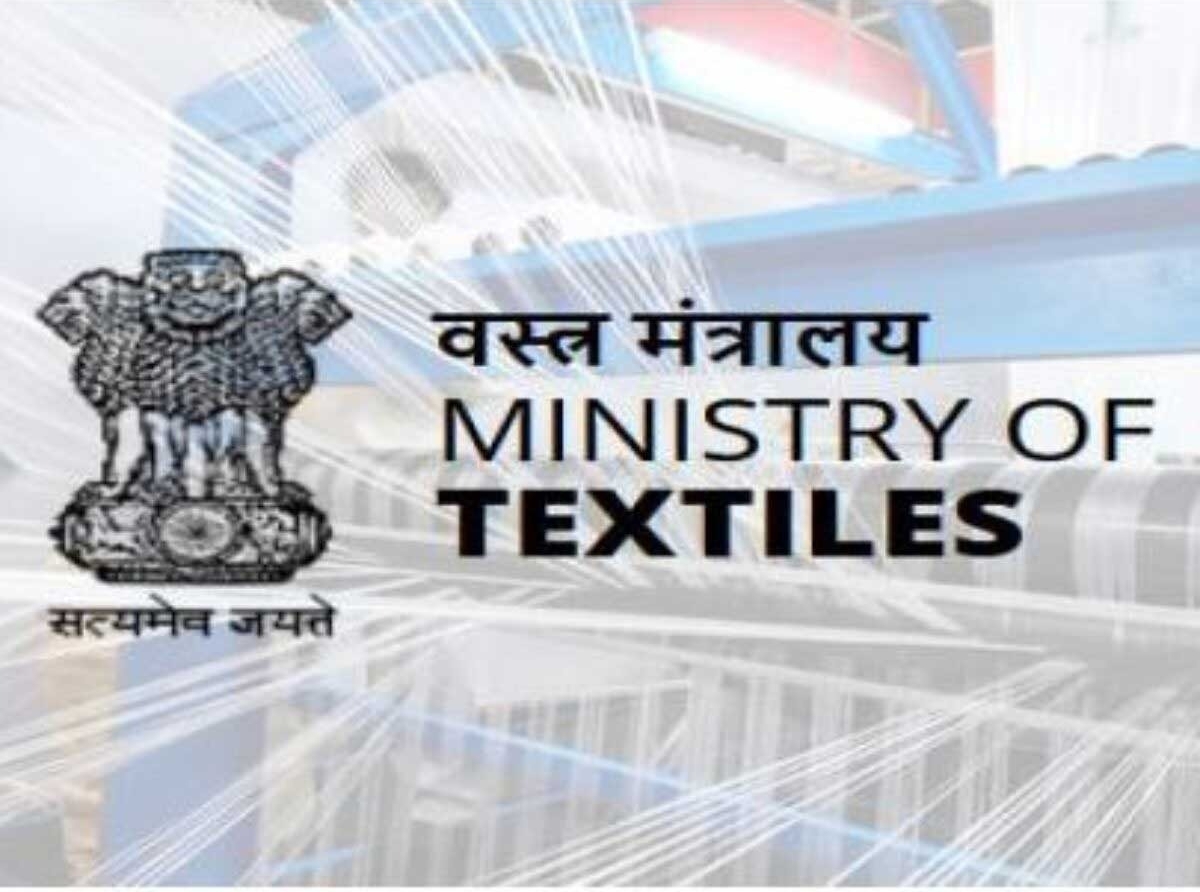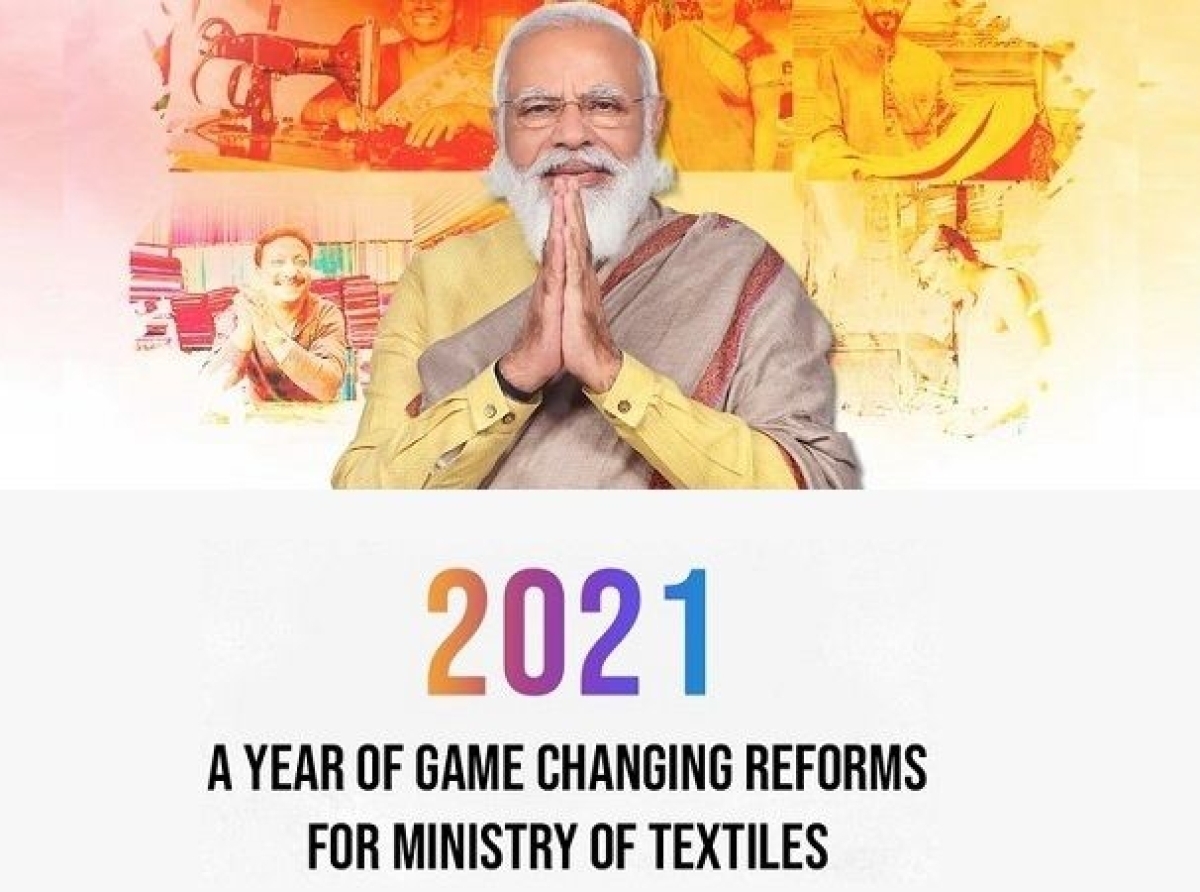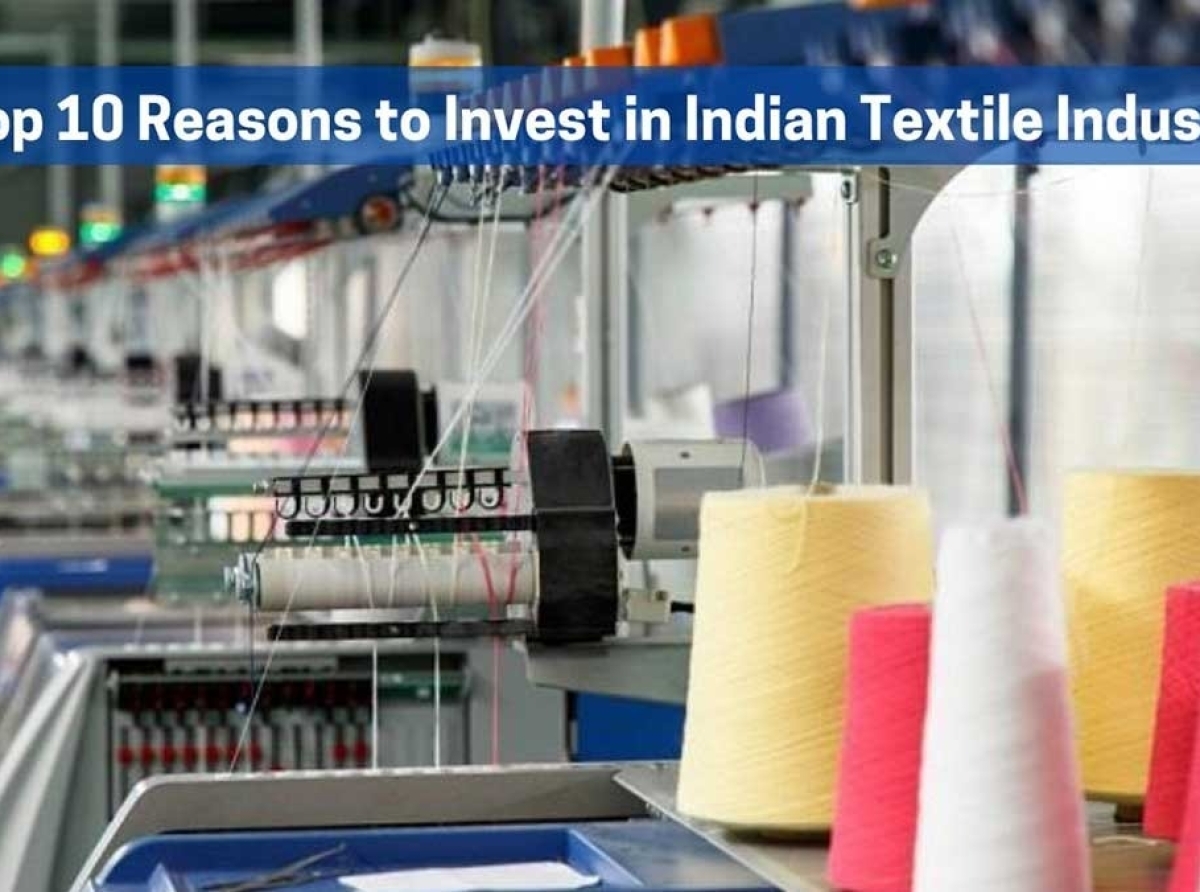05 August 2022, Mumbai:
Outlines
The textile industry is the only sector in India that offers skilled and unskilled laborers a significant amount of employment.
Enhance the nation's primary industry; is necessary. It also contributes significantly to job generation, second only to India's retail industry, which accounts for more than 10% of the nation's GDP and over 8% of all employment.
ALSO READ Persistent Inflationary Forces Playing Out & Its Impact On T&A

RELATED NEWS . Rising inputs costs compel retailers to hike apparel prices
Report for IndianTextiles
More than 4.5 crore people are employed directly in the textile industry in India, while a further six crore people, primarily women and rural residents, are used in associated industries.
Both domestically and internationally, the Indian textile industry is significant. It is regarded as the second-largest industry for manufacturing fibers, yarns, and fabrics and is of great significance globally.

ALSO READ China Penalty Tariffs on Finished Textiles & Apparel
Policy Interventions
The Modified Technology Upgrading Fund (ATUFS) scheme, introduced by the Indian government, is being implemented for the textile sector with a cost of $17,822 crore from 2016 to 2022 to attract $1 lakh crore in investment. By 2022, this is anticipated to produce 35.62 lakh job openings in the textile industry.
The sector can favorably impact the ecosystem with this plan and the most recent implementation of the PLI scheme for textile, which aims to attract investment of $19,000 crore for the manufacturing of high-value synthetic fibers, fabrics, garments, and technical textiles. Ministry of Textiles' concerted efforts to skill the labour force in textiles and technical textiles value chain under SAMARTH is also a right scheme in the right direction.

ALSO READ Decode In Fashion Space: Disposal Income v/s Non-Discreet Spend!
Role Of FDI
Foreign investment, retail sector expansion, private sector involvement, and global cotton demand have been some of the industry's main growth drivers. For the textile industry, the rise in the FDI limit in multi-brand retailing has benefited because it has increased competition and given consumers more choices.
Outsourcing is expected to increase as foreign companies establish themselves in the domestic market. Population expansion has been an additional important driver in the increase in employment in the sector.
According to one KPMG report," Moreover, the industry and the Government could come together for attracting investments and creating support infrastructure for emerging sectors like Textile, other job-creating sectors.

Apart from jobs in the tech industry, job openings in nine critical sectors, such as manufacturing, IT, and financial services, have increased at an average annual rate of 3.42 percent since 2014, according to the Ministry of Labor's most recent survey on the overall picture of the employment situation in India.
According to projections based on a study of 10,900 businesses, these industries—which include manufacturing, technology, financial services, and commerce—will employ 30.8 million people by the end of June 2021, up 29% from the 23.7 million used at the end of March 2014, the last time the survey was done.

Summing-Up
Simply put, high-quality products will be made possible by intelligent R&D, more robust product standards, joint ventures and partnerships, regulatory standards, and government backing for workplace safety efforts. India's total textile exports in 2015–2016 reached $40 billion thanks to technological developments. $223 billion was predicted for the sector by 2021.
However, due to the ongoing pandemic crisis, the demand for yarns and fabrics remained muted throughout the first half of FY 2020–21.
The industry anticipates a recovery and significant employment by the second part of the 2021–22 fiscal year, with incomes normal throughout the textile value chain and recent government announcements of different programs, including PLI.
According to one ET report," Increasing investments in infrastructure development, skill upgrading, digital augmentation, job creation, and MSME development could help country aligning us to the vision of current dispensation of hitting 5$ tn dollar economy.
Join our community on Linkedin

























